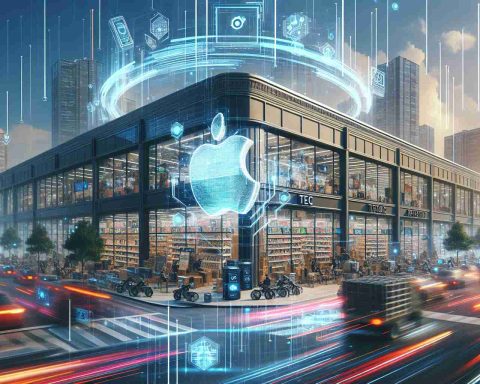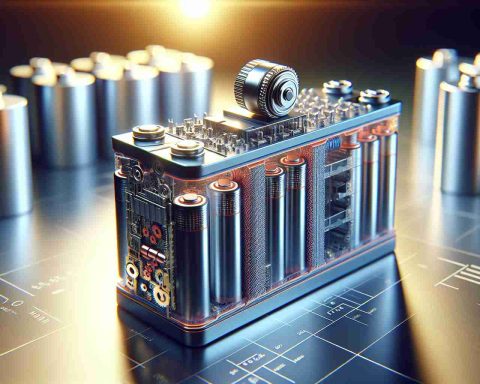As electric vehicles (EVs) become a staple on roads worldwide, a quieter yet groundbreaking application is emerging: powering homes. This evolution could transform not only transportation but also redefine how households manage energy.
The concept isn’t entirely new. Known as vehicle-to-home (V2H) technology, it enables bi-directional charging, allowing an EV’s battery to power a home. This concept is gaining traction, especially in regions with unstable electricity grids or high energy costs. Imagine harnessing the power stored in your car to run essential appliances during peak demand periods or power outages. This isn’t just science fiction; it’s quickly becoming a feasible solution.
Automotive and tech companies are actively pursuing this promising innovation. Major automakers like Nissan and Ford are spearheading trials, integrating V2H capabilities into new models and partnering with tech firms to create seamless home-energy interfaces. The ability for EVs to supply reserve power utilizes the existing energy stored in their lithium-ion batteries, transforming them into more than just a mode of transport.
Despite its potential, challenges remain. The technology relies on robust bi-directional charging infrastructure and widespread consumer adoption. However, with the push towards sustainable living, V2H technology could become as common as rooftop solar panels, offering an intriguing glimpse into a future where your car charges more than just your daily commute. As the world shifts towards renewable and resilient energy solutions, EVs might be poised to spark this domestic energy revolution.
Are Electric Vehicles the Future of Home Energy Management?
As electric vehicles (EVs) become more prevalent on roads worldwide, their potential extends beyond transportation. A burgeoning innovation known as vehicle-to-home (V2H) technology is poised to transform household energy management. This technology empowers homeowners to draw power from their EVs to meet domestic energy needs, especially during peak demand periods or unforeseen power outages.
V2H Technology: Emerging Trends and Innovations
V2H technology, while not entirely new, is rapidly gaining traction. Automotive giants like Nissan and Ford are at the forefront, testing and integrating V2H capabilities into new vehicle models. Collaborations with tech firms are leading to the development of intuitive home-energy interfaces, aiming for seamless integration between vehicle and home systems.
Pros and Cons of V2H Technology
Pros:
– Energy Efficiency: V2H promises enhanced energy efficiency by utilizing stored power in EVs during high-demand periods.
– Cost Savings: Potentially significant savings on energy bills by offsetting electricity purchased from the grid.
– Energy Independence: In regions with unreliable electricity supplies, this technology provides an alternative energy source during outages.
Cons:
– Infrastructure Needs: Successful implementation requires robust and costly bi-directional charging infrastructure.
– Battery Wear: Repeated charging and discharging can potentially degrade battery life over time.
– Adoption Barriers: Consumer hesitance due to lack of awareness and understanding could impede widespread adoption.
Security and Compatibility Considerations
Ensuring secure bi-directional energy flow is paramount, necessitating advanced cybersecurity measures to protect against potential grid vulnerabilities. Additionally, compatibility across different vehicle brands and home energy systems remains a critical consideration for manufacturers and consumers alike.
Market Analysis and Future Predictions
The push towards more sustainable living drives the market potential for V2H technologies. As the cost of lithium-ion batteries continues to decrease and consumer awareness grows, V2H could become as ubiquitous as residential solar panels.
Conclusion
The evolution of V2H technology suggests a future where EVs redefine household energy management, presenting both opportunities and challenges. By leveraging the existing capabilities of EV batteries, V2H not only reduces dependence on traditional power grids but also propels a shift towards a more resilient and sustainable energy future.
For more insights into how innovations are shaping the EV landscape, visit Nissan and Ford.











